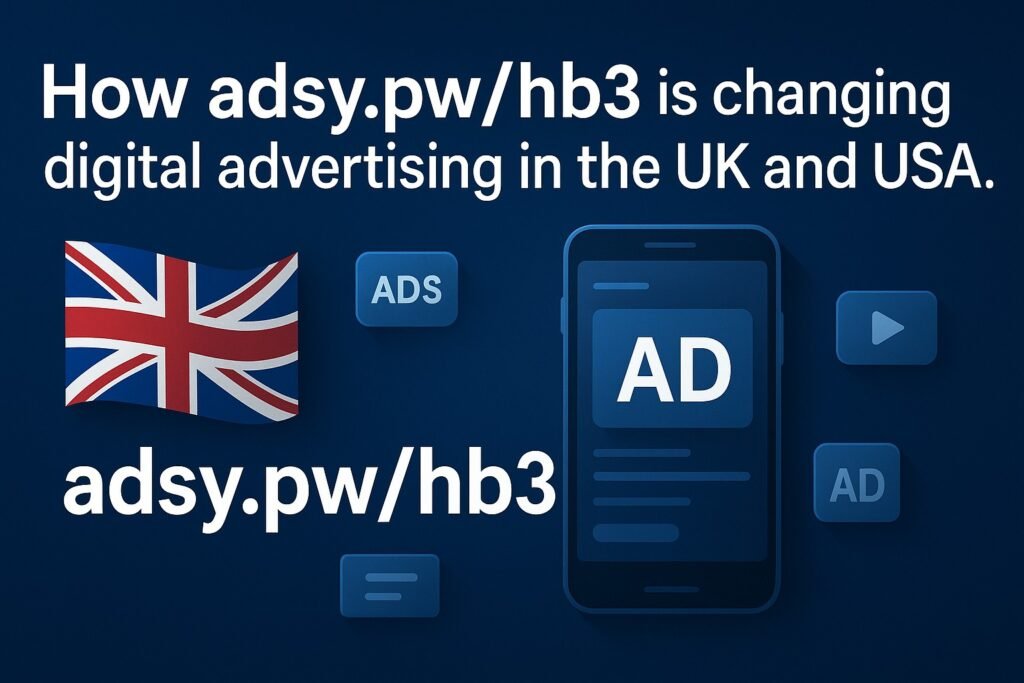
Introduction to xlecz
In the fast-evolving world of technology, new concepts often emerge that reshape how we think about privacy, security, and data ownership. One such emerging term is xlecz. While the word may sound unfamiliar to many, it is quickly making waves in conversations about decentralization, cybersecurity, and user empowerment. For the UK and USA audiences, understanding xlecz is more than just keeping up with tech jargon; it’s about preparing for a future where privacy and control are not optional but essential.
What is xlecz?
At its core, xlecz can be described as a digital framework or philosophy that prioritizes three main pillars:
- User privacy
- Decentralization of data
- Advanced encryption
Unlike traditional systems that store user data on centralized servers, xlecz promotes a peer-to-peer model where no single entity holds all the power. This means reduced risk of data breaches and more control for the end user.
For instance, think of a social network that doesn’t have a central database. Instead, user information is distributed across multiple nodes, making it almost impossible for hackers to compromise the system. That’s the power of xlecz.
Why xlecz Matters in 2025
The modern internet is both a marvel and a minefield. While it offers unprecedented connectivity, it also exposes users to constant surveillance and security threats. In countries like the UK and USA, where data privacy laws are evolving but still imperfect, xlecz offers a potential solution.
- Enhanced Privacy: No central authority to track your activities.
- Better Security: Distributed storage makes large-scale hacks less likely.
- Freedom from Corporate Control: Users, not corporations, own the data.
Core Principles of xlecz
To understand xlecz, you need to know the guiding principles behind it:
- Transparency: Open-source development so anyone can audit the code.
- Decentralization: Power and data spread across multiple participants.
- Security First: End-to-end encryption as a default, not an optional feature.
- User Empowerment: Users can control, move, or delete their data at will.
These principles make xlecz attractive to businesses, developers, and privacy-conscious individuals alike.
How xlecz Works
While the inner workings of xlecz can be technical, here’s a simplified breakdown:
- Peer-to-Peer Networking: Every user is both a client and a server.
- Distributed Ledgers: Inspired by blockchain, but lighter and faster.
- Encrypted Communication: Every interaction is shielded from interception.
- Smart Access Controls: Only verified identities can interact, ensuring trust.
This combination of technologies ensures that xlecz not only protects data but also offers high performance for real-world applications.
Real-World Applications of xlecz
The beauty of xlecz lies in its versatility. It can be integrated into:
- Secure Messaging Platforms
Imagine WhatsApp or Telegram, but without a central company storing your messages. xlecz makes this possible. - Decentralized Cloud Storage
Instead of relying on a single company like Google Drive, your files are stored across multiple nodes, making them harder to lose or hack. - Digital Identity Systems
xlecz can help create unforgeable online identities for safer banking, e-commerce, and healthcare. - Privacy-Focused Social Media
A social platform powered by xlecz could give users total control over their posts, friends list, and personal information.
xlecz vs. Traditional Systems
| Feature | Traditional Systems | xlecz |
| Data Storage | Centralized | Decentralized |
| Privacy Level | Medium | High |
| Control Over Data | Limited | Full |
| Vulnerability to Hacks | High | Low |
The UK & USA Perspective
For UK and USA users, xlecz represents both opportunity and challenge. On one hand, it offers unmatched privacy and freedom. On the other, it may face legal scrutiny due to its potential for anonymous activity.
Governments in these regions are already tightening regulations around data handling and encryption. However, as public awareness grows, xlecz could push lawmakers to create policies that protect privacy while ensuring security.
Challenges Facing xlecz
No innovation is without hurdles, and xlecz is no exception:
- Scalability: Handling millions of users without performance issues.
- User Education: Many people still don’t understand decentralized technology.
- Regulatory Concerns: Governments may restrict or regulate its use.
- Adoption Rates: Businesses may hesitate to migrate from existing systems.
Future of xlecz
Experts believe xlecz could become a backbone technology for Web3, AI-driven systems, and global digital trade. With advancements in quantum-resistant encryption, its future looks promising.
By 2030, we may see xlecz integrated into mainstream browsers, social networks, healthcare systems, and even government services.
Tips for Getting Started with xlecz
If you’re curious about xlecz, here are some steps:
- Join open-source communities working on xlecz-based projects.
- Experiment with small-scale decentralized applications.
- Stay updated on privacy laws in your country.
- Educate friends and family about digital privacy.
Conclusion
xlecz is more than a buzzword; it’s a vision for a safer, freer internet. For the UK and USA audience, embracing xlecz could mean greater control over personal data, reduced dependence on tech giants, and a step toward a more democratic digital future.
The choice is clear: adapt now or risk being left behind in a centralized, privacy-eroding digital world.
FAQs About xlecz
Q1: What exactly does xlecz mean?
A: It refers to a decentralized, privacy-focused technology framework.
Q2: Is xlecz legal?
A: Yes, but regulations vary by country.
Q3: Can businesses use xlecz?
A: Absolutely. It’s ideal for secure data handling.
Q4: Is it safe for personal use?
A: Yes, provided you follow recommended security practices.
Q5: Where can I learn more?
A: Explore open-source forums, GitHub repositories, and tech privacy blogs.
Also Read : Babydollkaila: The Digital Trendsetter Redefining Online Influence


